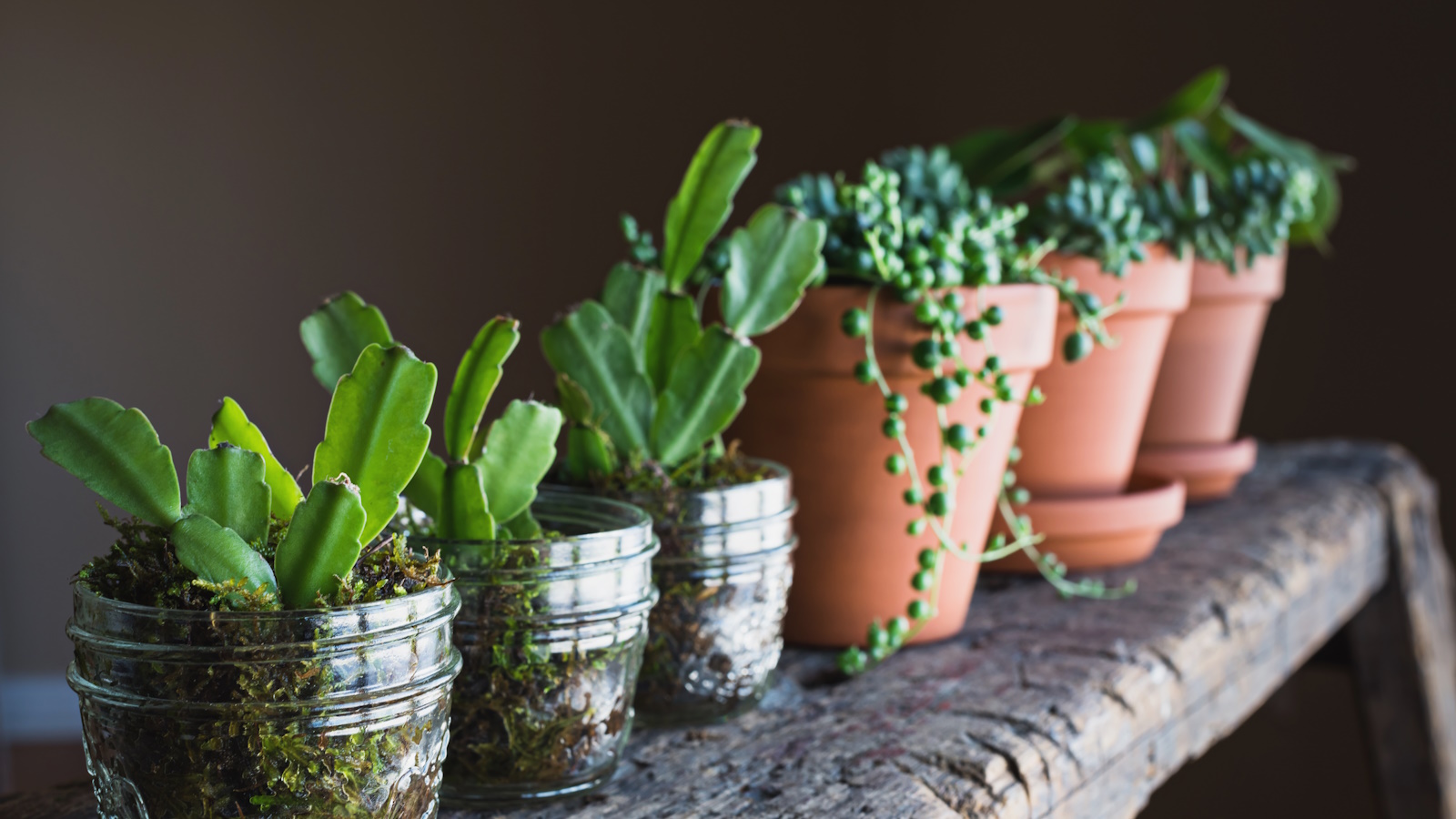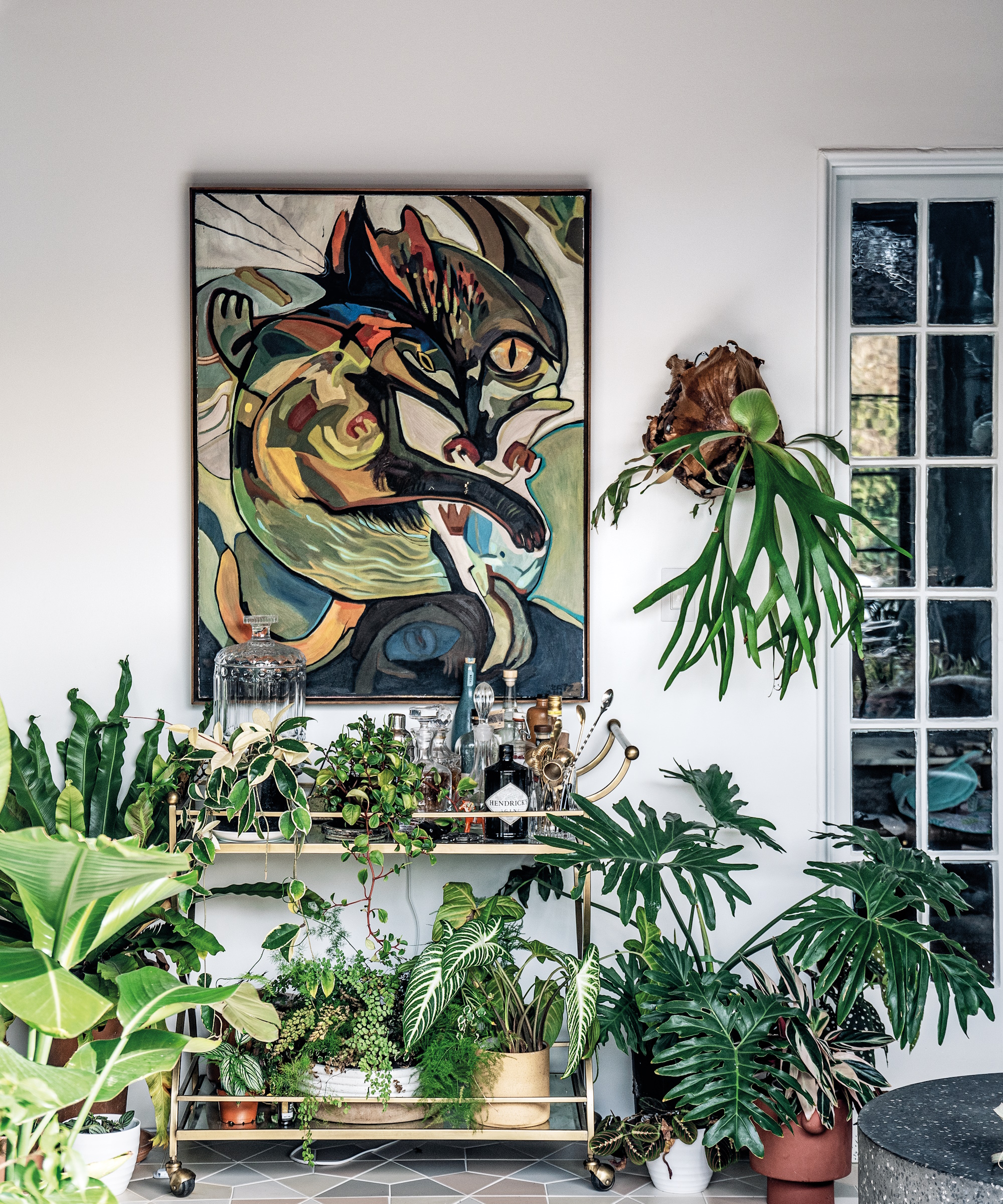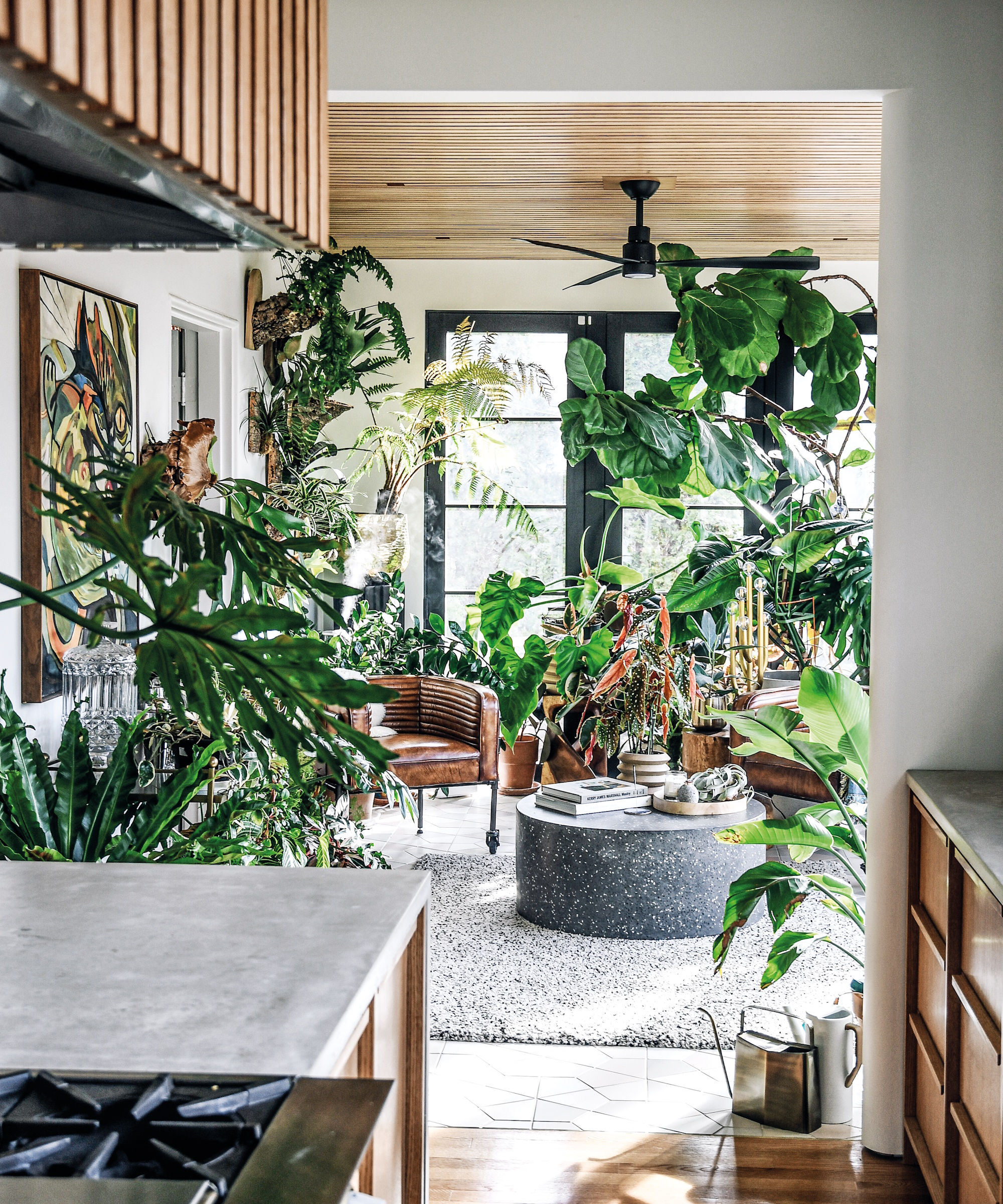
Learning how to propagate your houseplants has to be one of the most magical gardening experiences there is. Once you know how to take and root healthy plant cuttings, you’ll have propagation stations on every window ledge in your home, and your indoor garden will multiply before your eyes.
There are several proven methods for encouraging cuttings to grow roots - common ones being placing them in soil or water - but which will produce the strongest, healthiest set of roots, and ultimately, the best new plant?
According to Hilton Carter, Baltimore-based plant stylist, director and author, the best material in which to propagate cuttings is moss.
‘For the best root development, I would always propagate into moss as this produces the strongest root system,’ he tells H&G in a recent interview. ‘I've seen the difference between putting monstera cuttings in moss versus in water, because I’ve tested them.
‘While the root system in water develops faster, successful propagation is not just the development of roots. It’s when you transition that plant into soil and it begins to develop new growth and mature - I think that is success when it comes to propagating. When you transition a monstera that has developed roots in moss into soil, it does better when it starts to grow,’ he continues. ‘That’s not to say you can’t propagate any other way, I’ve just had the most success using moss.’

The secrets to stronger plant cuttings
Hilton’s fifth book The Propagation Handbook, published by CICO Books and available to pre-order from Amazon, is out in April. In it he reveals all about the art of propagation, including the many methods he has put to the test since starting his plant parent journey in 2014.
He told H&G that he is fascinated by the process of care for houseplants, and is always testing out ideas to share the results with his readers and huge social media following. He has a tribe of more than 553k Instagram followers, where he regularly provides plant care advice as well as quirky facts and hilarious houseplant rants to his audiences.
‘I was never a biology major, or someone who thinks of themselves as a botanist. I'm just someone who's fascinated with seeing plants in my home, and who is in love with the process of care,' he says. 'So I test everything out to give myself a better understanding of the processes, and to make sure that I am sharing the right information.’
Another key element of producing healthy plants from cuttings is to get the watering right, but knowing what kind of water to use can sometimes leave new plant parents guessing.
According to Hilton, rain water is always going to be best for your plants. 'I always go with what the plants would desire in nature,' he says. 'So, if you have the ability to conserve rainwater and give that to your plants, and if you have the right light, you're probably two steps away from having the most amazing jungle in your home!'
If you're a beginner to propagation and want to have a go with a fairly fail-safe plant, Hilton recommends a vine plant, such as a pothos. 'Both monsteras and hoyas are fairly simple to propagate, too, but I would go with vine plants for beginners - any plant where you can identify a node makes the process so much easier.
'I go through the same trial and error as most people,' he continues. 'I was gifted the process of propagation when someone shared with me how to propagate a golden pothos. I watched it develop roots, and that kind of blew my mind. Understanding all the steps you need to go through to care for that plant, whether that's adding new soil, providing the right light or trimming roots, was something I learned early on, and now I am just so excited to share with others what I've learnt in this book.'

The Propagation Handbook by Hilton Carter, published by CICO Books, is out in April.






